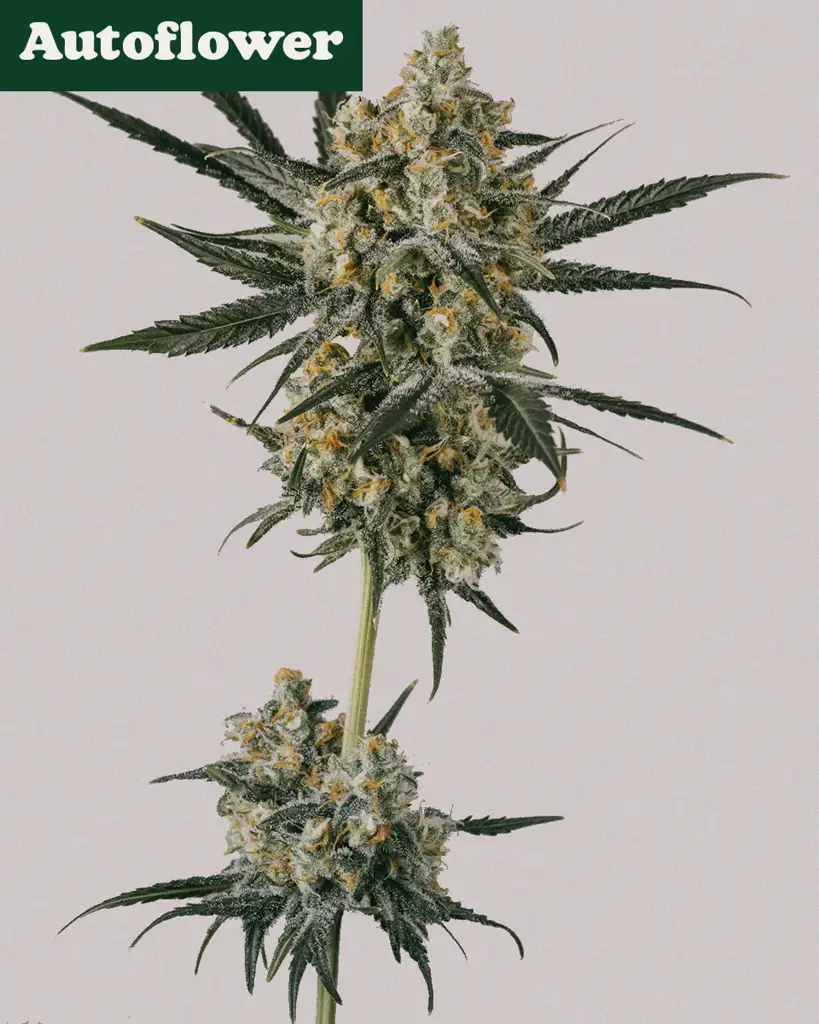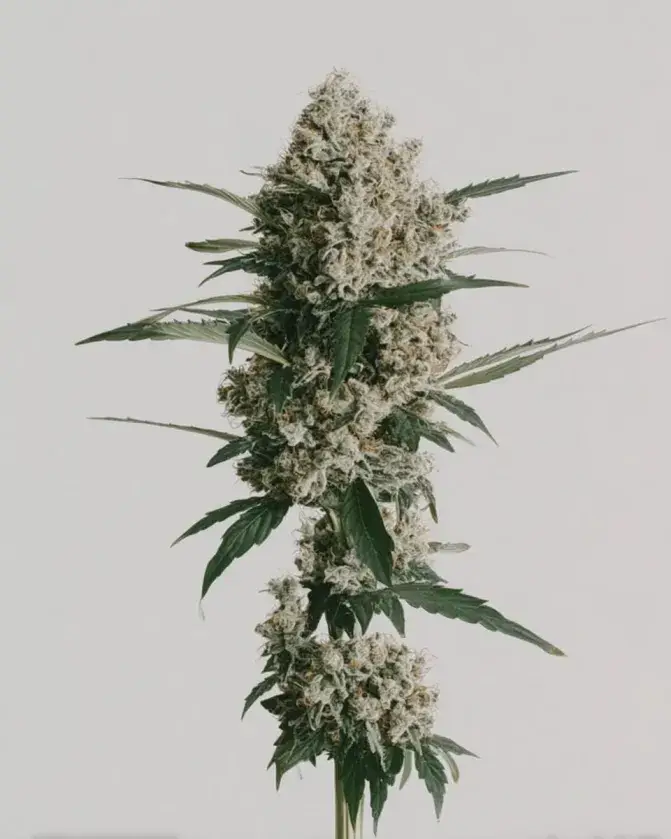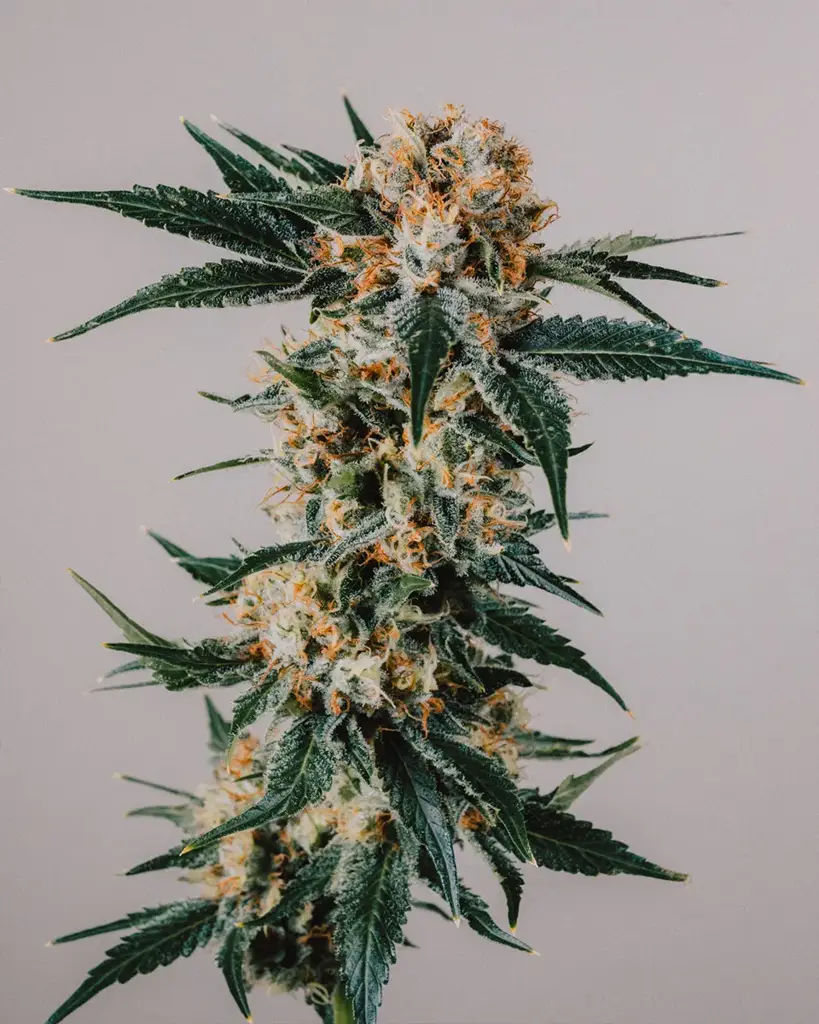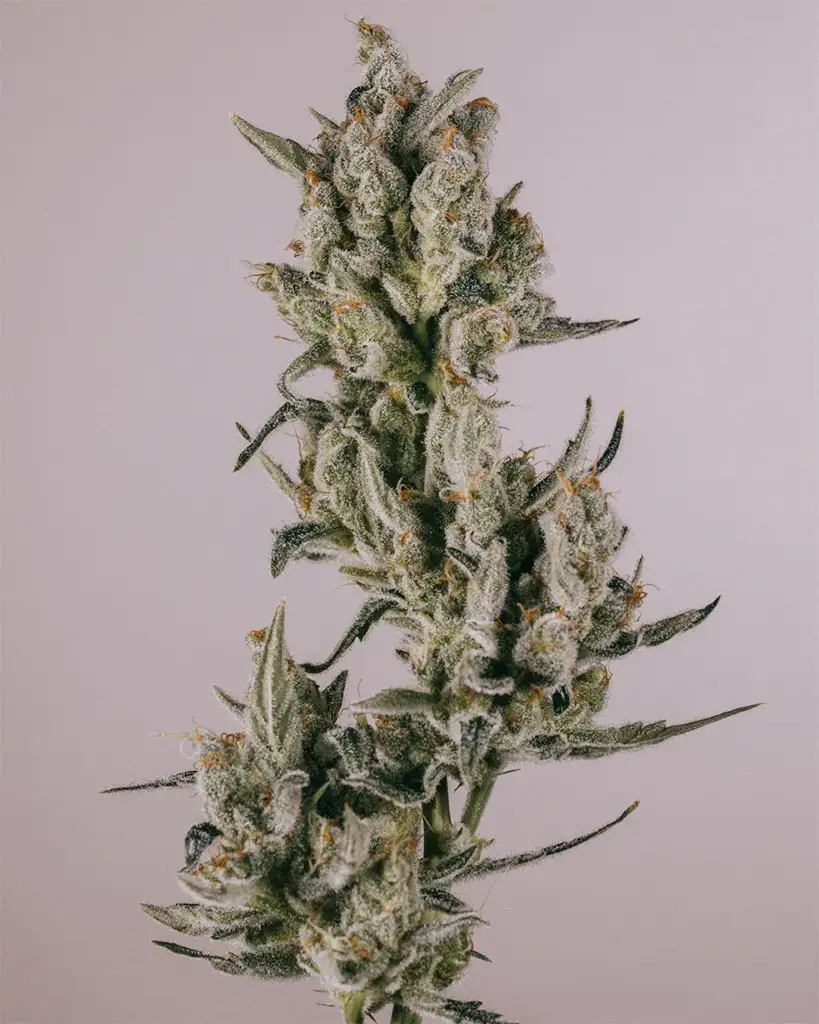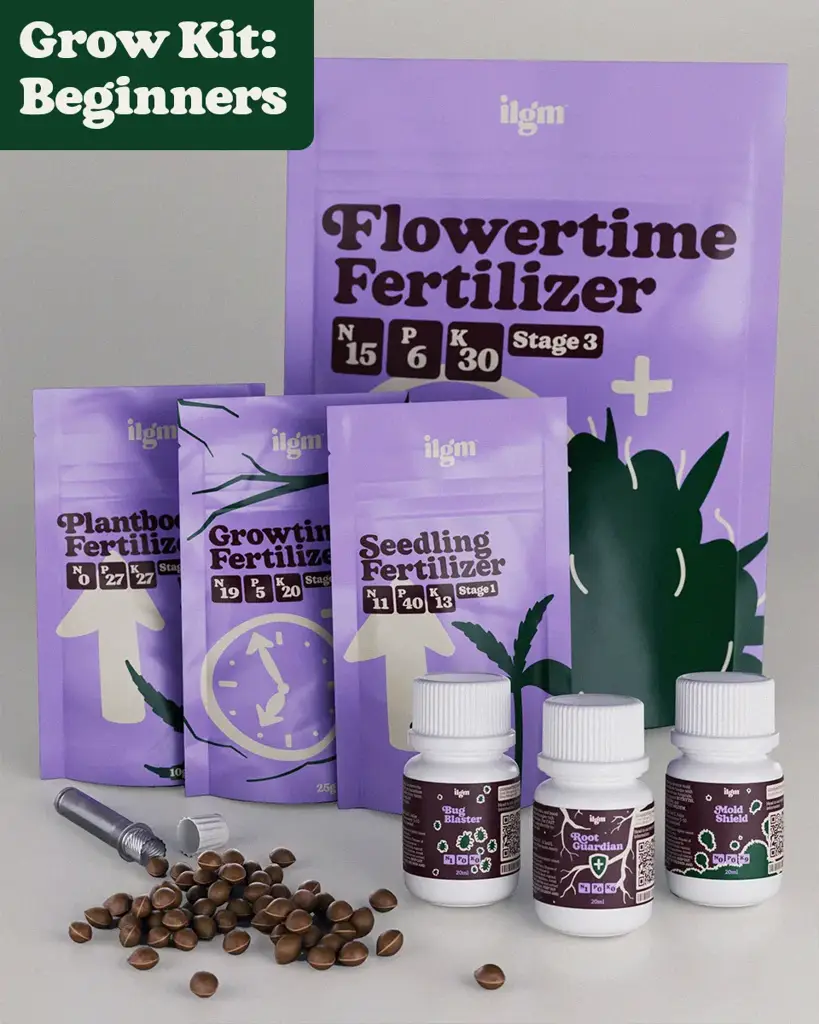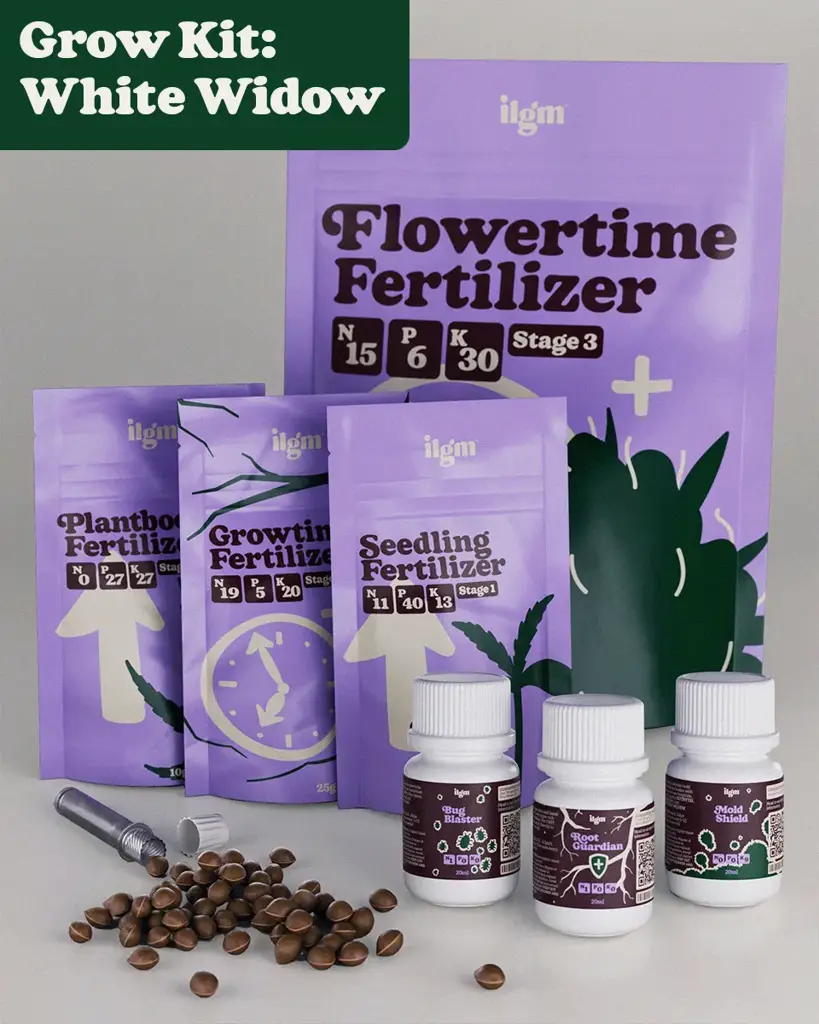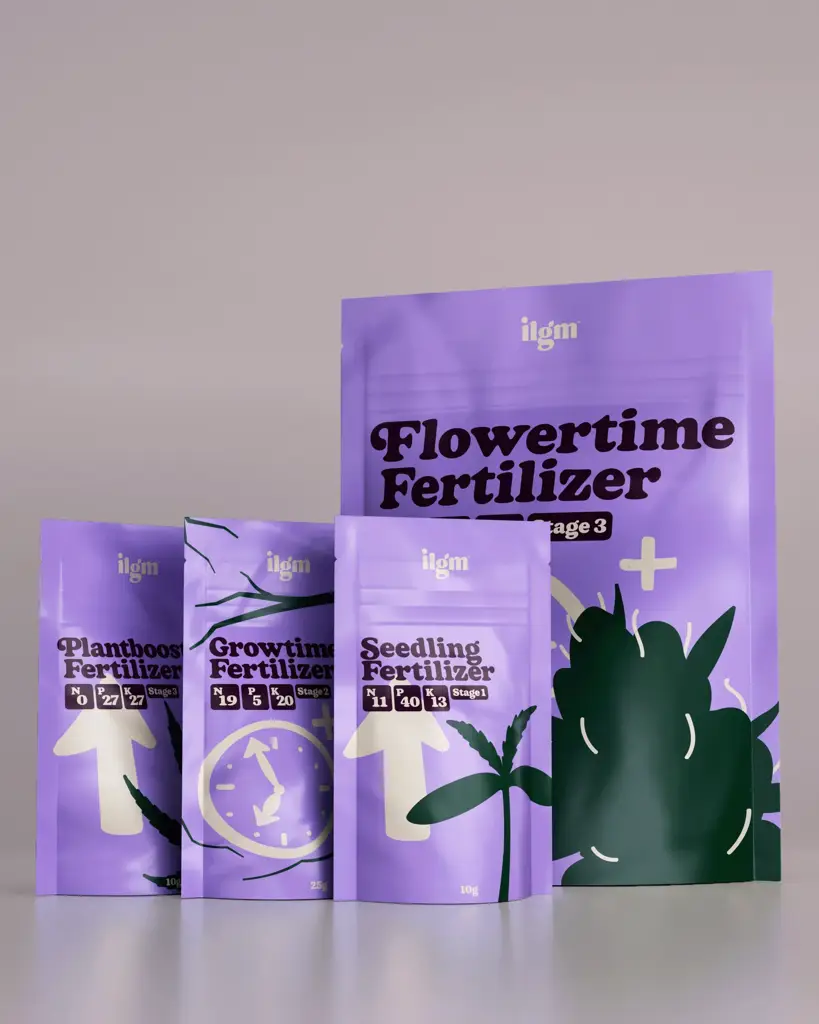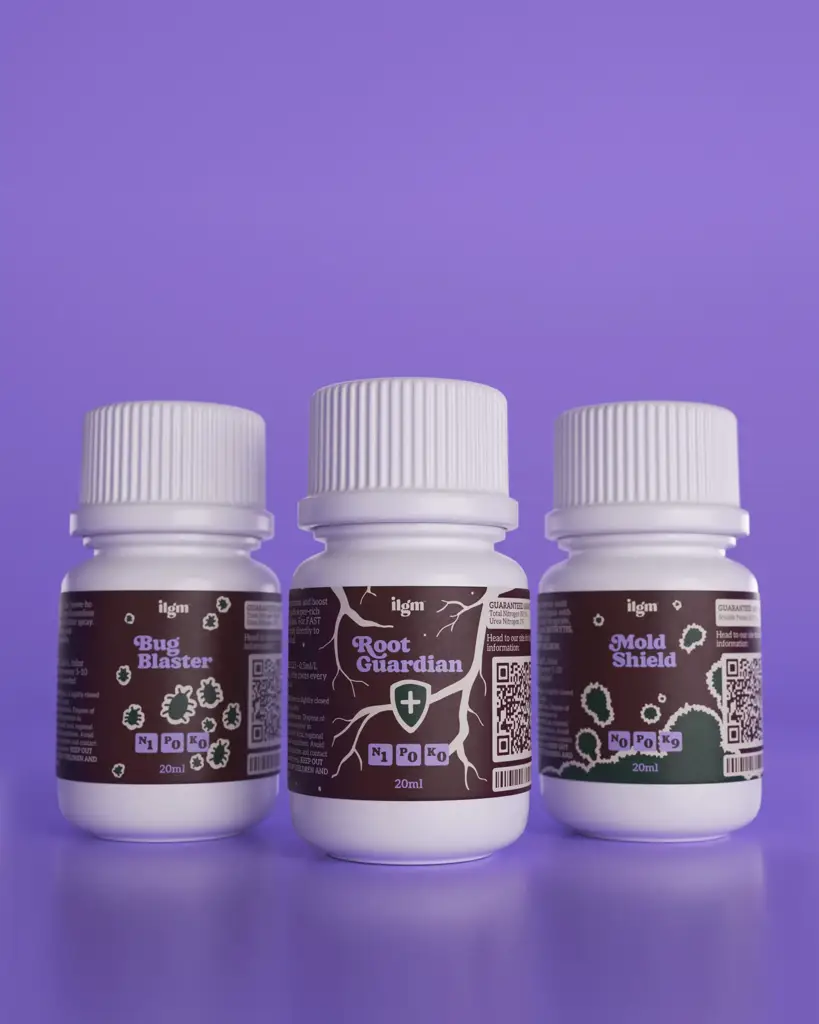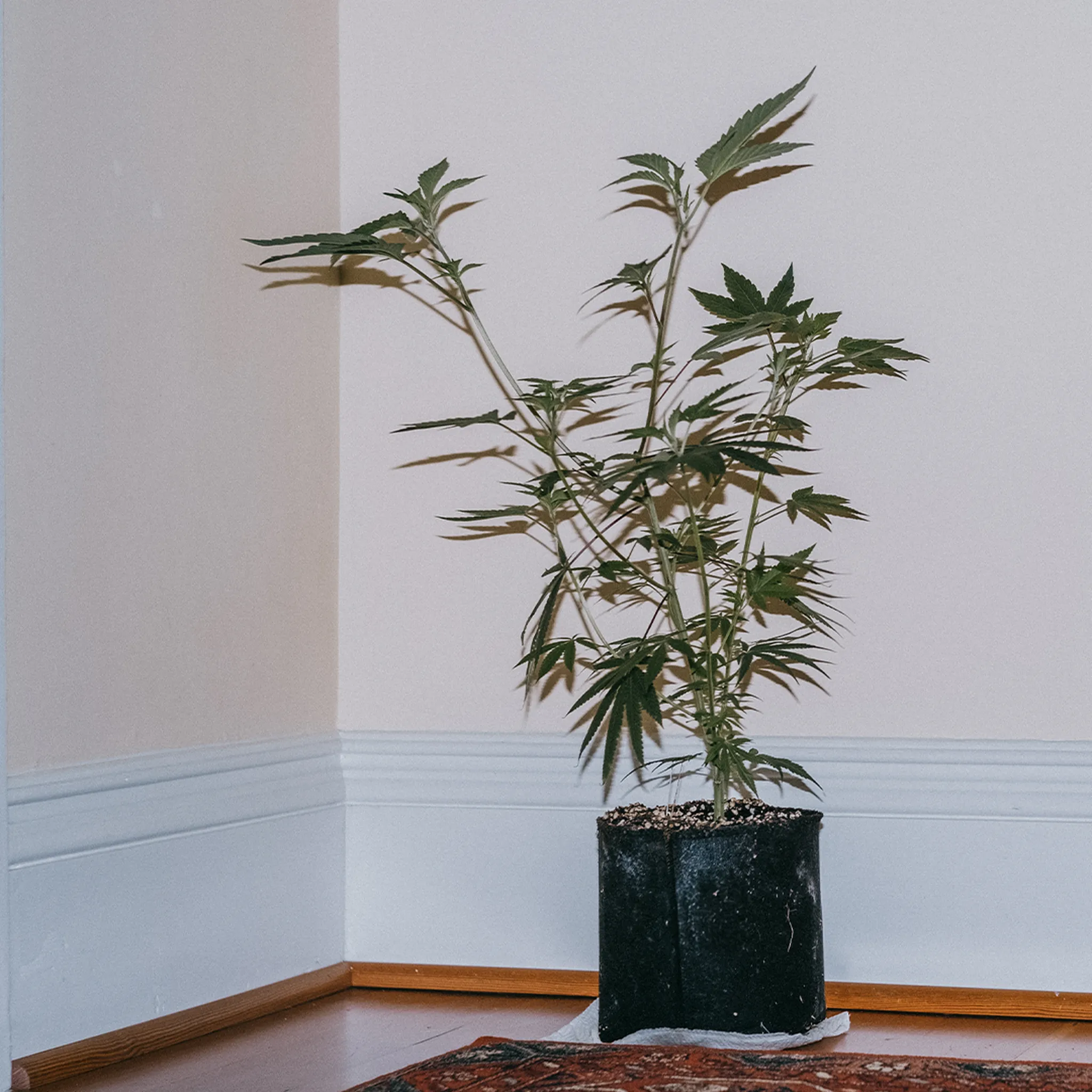
Cannabis Plants Stress: The Good and The Bad
When you’re growing cannabis, stress isn’t exactly a friend when it comes to problems with your weed plants, but it’s also not always the enemy.
Table of contents
For beginners, the key takeaway is that stress usually causes harm to your plants—but sometimes, in the hands of an experienced grower, a little bit of stress can actually bring out the best in your cannabis plant.
That said, most of the time, especially when you’re starting out, your job is to nurture your plants and give them a relaxed, easy life. Let’s talk about what some common sources of stress are and how you can avoid them.
Too Long, Didn't Read
Water: Balance is key—don't over/underwater.
Light: Avoid too much or too little.
Air: Control temperature, humidity, and airflow.
Nutrients: Don’t overfeed; watch for burn.
pH: Keep levels in check for nutrient uptake.
Tissue damage: Bending, Low-Stress training (“LST”), defoliation, etc., are concepts for growers with at least one or two grows under their belt.
Bottom line: Beginners should focus on avoiding stress for healthy cannabis plants.
What Does Stress Do to Cannabis Plants?

Stress can stunt growth, delay flowering, or even cause plants to turn hermaphroditic (which is definitely not what you want). Cannabis plants, like any other living thing, need consistency and balance. When they don’t get that, they have to use more energy just to survive. This can result in smaller, weaker plants with less ability to support the big, juicy flowers (buds) you’re trying to grow.
But here’s the thing: stress comes in many forms, and not all of it looks the same. Below, we’ll break down the most common types of stress your cannabis plants might face and what you can do about them.
Our Bestsellers
Water Stress

Water is life, right? So, it’s no surprise that messing up your watering schedule can seriously stress out your cannabis plants. Too much water? That’s one of the most common weed plant problems—they can’t breathe, and the roots start to rot. Too little? Your plants will wilt, and their growth will slow down as they try to conserve what little moisture they have left.
A good rule of thumb: water your cannabis plants when the top inch of soil is dry, and don’t let them sit in standing water. Balance is key.Pro tip: If you’re growing indoors, you might need to water less frequently than you’d think. Pay attention to your plant’s environment and adjust as needed.
pH Stress
 This is one of those little things that can have a big impact. The pH level of your soil growing medium and water affects how well your plants can absorb nutrients. If the pH is off, your plants won’t be able to take in the nutrients they need, even if they’re available in the soil.
This is one of those little things that can have a big impact. The pH level of your soil growing medium and water affects how well your plants can absorb nutrients. If the pH is off, your plants won’t be able to take in the nutrients they need, even if they’re available in the soil.
The sweet spot for cannabis is a pH of 6.0 - 6.5 in soil or 5.5 - 6.0 in hydroponics. You can buy a pH testing kit for pretty cheap, and trust me, it’s worth it. Keeping your pH in check will prevent a lot of headaches down the road.
Cannabis Light Stress

Light is just as important as water, but too much or too little can cause stress. In nature, cannabis plants are used to a natural rhythm of day and night, and the sun gives them all the light they can use without burning. Indoors, though, you’re controlling that light cycle and intensity. If they don’t get enough light, they’ll stretch out, becoming tall and thin, leading to loose, airy buds. Too much light, on the other hand, can cause leaf burn and hinder growth.
Keep your grow lights at the proper distance (most LED lights should be about 12-18 inches away, but always check your specific light’s recommendations), and make sure your plants are getting the right amount of light for their stage of growth.
Need Strong Plants?
Temperature, Humidity, and Wind Stresses
Air stress is a big one, and it comes in three forms: temperature, humidity, and wind. Cannabis likes a specific range for all of these, and stepping outside those comfort zones can cause trouble.
Temperature: Cannabis plants love warmth, but there’s a limit. Too hot, and they’ll wilt; too cold, and growth will slow down. Keep the temperature between 65-80°F during the day, allowing for it to be a little cooler when the lights are off.
Humidity: Humidity is tricky because it changes as your plants grow. During the seedling stage, they like it high (around 65-70%), but as they get older, you should lower the humidity gradually. Too much humidity can lead to mold, and too little can dry your plants out, both of which can result in loose, airy buds.
Wind: Wind stress happens when plants are exposed to too much airflow. While a gentle breeze is great for strengthening the stems and making sure they’re getting fresh air, too much wind can cause tissue damage and dehydration. Make sure your fans are creating a light breeze without blasting your plants.
Nutrient Stress
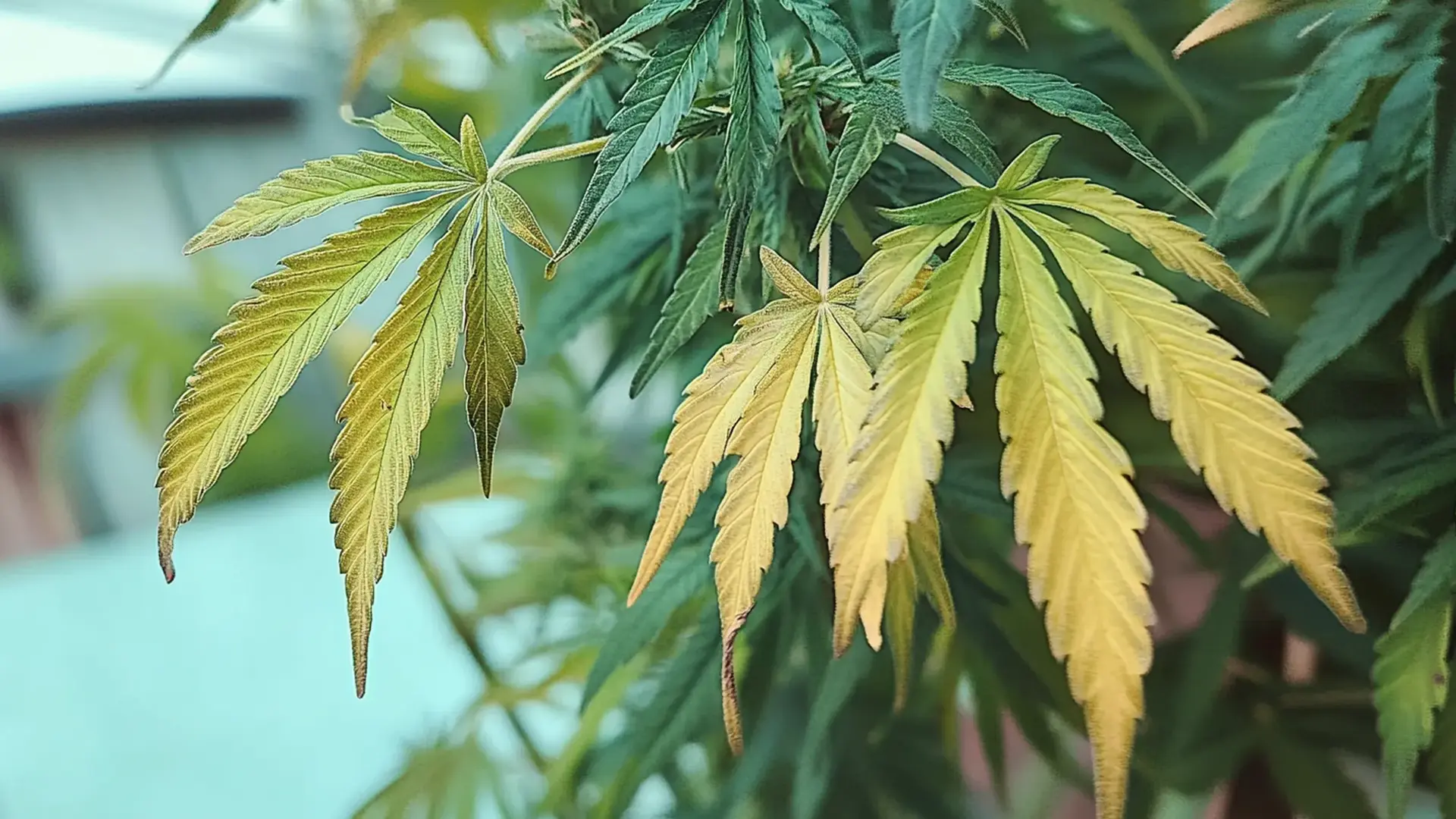
Feeding your cannabis plants is crucial, but overfeeding or underfeeding can cause nutrient stress. Too many nutrients? You’ll see signs like nutrient burn—crispy, brown leaf tips. Too few nutrients, and your plants will be weak and slow-growing.
To avoid nutrient stress, follow the recommended feeding schedule for your nutrient line. It can be a good idea to start with about half the recommended dose if you’re a beginner so you can see how your plants respond. It’s always easier to add more nutrients than to deal with overfeeding.
By using perfectly balanced nutrients available in my own Marijuana Fertilizer, you will most likely be able to prevent Zinc deficiency in any of your future grows! If you wonder how and when to use the nutrients, please check out this feeding schedule.
If your plants don’t get enough potassium during the flowering process, you can also get loose, airy buds. If you think that might be the case, simply switch to a fertilizer that gives you a higher concentration of potassium.
Read more on "How to avoid airy and loose marijuana buds".
Physical Damage: LST, Defoliation, and Lollipopping

Now, this is where things get a little more advanced. Tissue damage sounds scary, but there are some cases where a little bit of controlled stress can actually help your plants grow stronger and produce better yields. Low-stress training (LST), defoliation, and lollipopping are techniques experienced growers use to manipulate plant growth.
LST (Low-Stress Training): This technique involves gently bending and tying down the branches to spread the plant out and maximize light exposure. It doesn’t hurt the plant if done right, and it can boost yields.
Defoliation: This is the removal of excess leaves to increase airflow and light penetration. It should be done sparingly and carefully because removing too many leaves can stress your plant out.
Lollipopping: This technique involves removing the lower growth that doesn’t get much light. This helps the plant focus its energy on the buds at the top. Again, it’s a form of stress, but it can be beneficial in the right hands.
As a beginner, you’re better off focusing on preventing stress rather than inducing it. Keep things simple until you’ve got a few successful grows under your belt.
Final Thoughts: Shielding Your Cannabis from Stress
Think of yourself as the guardian of your cannabis plants. Your job is to shield them from harm, provide the best environment you can, and allow them to grow strong and healthy. The less difficulty they face, the better they’ll grow and the higher the quality of your final harvest.
So, stay on top of watering, lighting, air conditions, and feeding schedules, and keep an eye out for any signs of stress. As you get more experienced, you can start experimenting with controlled stressors, but for now, focus on avoiding the most common weed plant problems to keep your grow stress-free.
Happy growing, and remember: your plants will thank you for it.

Xavier Kief
Xavier Kief, a fierce cannabis advocate & educator, merges science & joy in cultivation. Expert in regenerative growing, mycology & activism
Continue Reading
You might also find these interesting.


